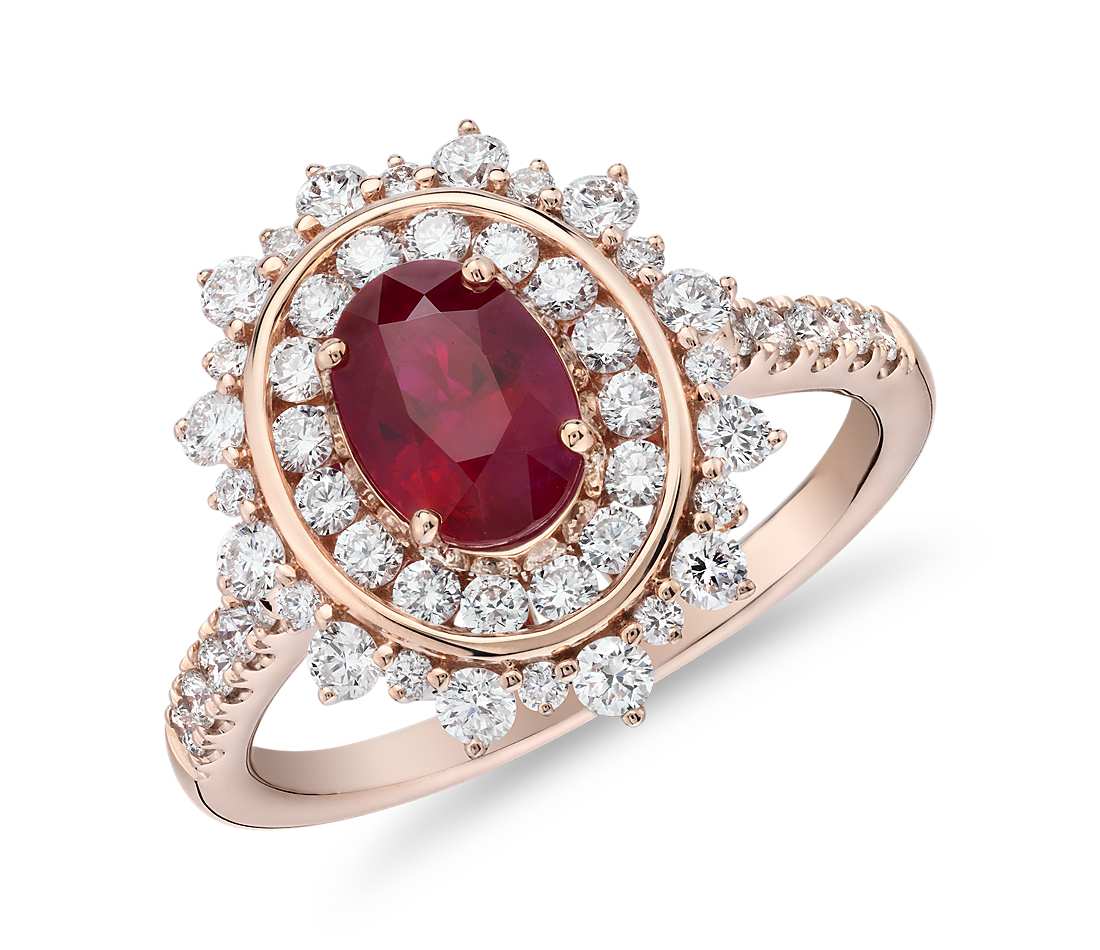Is Amethyst fragile? I was browsing over some pictures on the net of Amethyst and noticed that there are a lot of questions posted about this gemstone. Is Amethyst fragile because it gets wet quickly when exposed to the sun, so it must be stored away when not in use? This is a common belief among those who do not know much about gemstones or care too much about their safety, but it is nothing but a misconception.
The most common misconception about this precious gemstone is that it is so fragile that it must be protected even at the cost of its beauty. Many believe that if Amethyst is left lying on a bed, it will automatically get damaged because it is made out of such small scales. Even after several days of this exposure, the gemstone is no longer as bright as before because of the damage that it has undergone due to the sun.
Amethyst is no more fragile than any other gemstone that is exposed to the sun. However, there are certain precautions that one must take with this lovely gemstone so that it remains protected and does not get wet. You should never leave your amethyst out in the open when it gets exposed to the sun because even the slightest touch of the intense rays can make amethyst lose its shine. Another thing that you need to do is that when you buy an amethyst, store it safely somewhere so that it does not get wet.
Is it a ruby or garnet?
The question “Is it a ruby or garnet?” can be answered with the help of historical information. Rubies and garnets have their own unique characteristics, and each came from different gemstones. Ruby is a red garnet, while garnet is an orange or yellow stone that has the tendency to grow in large clusters. The ruby, being red, is often associated with blood or passion, while the garnet is associated with the emotions of joy and trust.
The color of a ruby is determined by the crystal makeup of the gemstone. Ruby is the most precious of all the gemstones, while garnets are much less expensive. A ruby’s color ranges from one red diamond to multiple shades of pink, orange, or even yellow. While a garnet’s color can range from the clear red of fresh blood to the green of wisdom, it usually takes on a smoky shade of brown. The color of is it ruby or garnet?
The difference between a ruby and a garnet is determined by where they were mined. Garnets are found primarily in Brazil, South Africa, Australia, Russia, India, Norway, and California. Ruby, on the other hand, is found mainly in Brazil and Madagascar. Although Russia and India are known for producing fine jewelry pieces, they are not exactly common. This is why when someone asks you “Is it a ruby or garnet?” you can simply answer “rubies” without giving away any clues as to what the color of a real ruby is.

Is Garnet harder than quartz?
Many people have come to find out the answer to the question, “Why is Garnet harder than quartz?” because they are more used to seeing it as the better option. They see the ease of cleaning, the many styles and colors, and how easy it is to take care of. When they start to look at it though, they notice that the ease of cleaning is not the only reason why it’s harder. They also notice that it scratches much easier than doing quartz and they also notice that it loses its color faster than doing quartz.
The answer to the question, “Why is garnet harder than quartz?” can be complex. To give a simple answer, it depends upon who you ask. If you ask someone that uses only one of these items, they will probably say that it’s more difficult because it’s more fragile and if not taken care of properly, it could break. However, if you asked a professional who takes both quartz and garnet and looks at both sides of the spectrum, they would likely answer that it’s harder because of the durability and versatility of the two materials.
Now, there’s another angle to consider when asking, “Why is garnet harder than quartz?” If you take a more scientific view and examine it by actually looking at the properties that each item has, then you might see that this difference in hardness isn’t really all that significant. Instead, the differences come from how well the two types of material can coexist with one another and how easy they are to maintain and clean.







